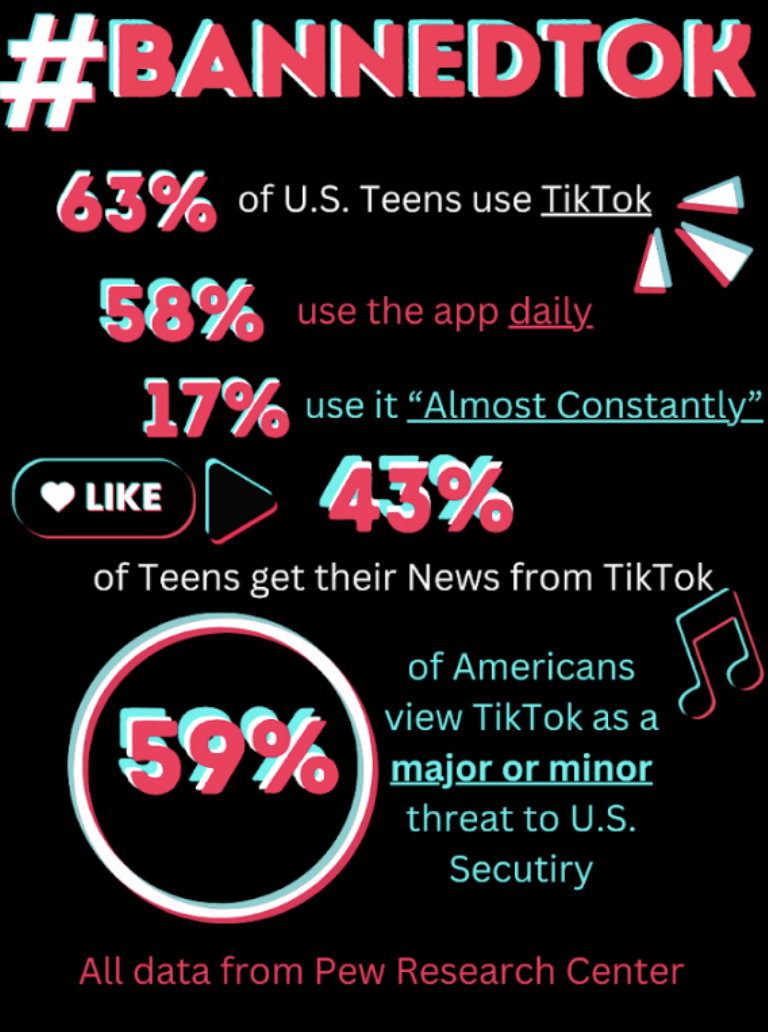It is a common conception that grade-curving inspires students to study less. Grade-curving, many believe, benefits students who put less effort into their studies but neglects those who study more and get higher raw scores.
However, conversations with students in both AP Calculus BC and AP Physics C reveal that the advantages of grade-curving far outweigh the disadvantages, mainly because curves allow more challenging material to be taught without adding stress for students.
“I really like the curve because it satisfies both our teacher and the students,” said Danielle Frost ’13, a student in AP Calculus BC. “Our teacher can still make our tests challenging in order to prepare us well for the AP exam, and students can still manage to do well in the class.”
Both AP Calculus BC and AP Physics C are classes that curve tests and quizzes consistently and are generally regarded as two of the most content-intensive and difficult courses that Staples has to offer. The classes are typically taken by students that are self-motivated and able to handle large amounts of work.
Somehow, though, the notion persists among the Staples student body that so-called “slackers” who take these and other classes end up benefitting from grade-curving.
Jeff Krieger ’13 is in AP Calculus BC, and while he feels that the curve is often helpful, he acknowledges that it can be damaging for some students.
“You can fail a test and still get an 81%, or even an 85% if your grade is in the low 60s,” said Krieger. “This monster of a curve has given everyone the idea that without studying, even if you bomb the test, you can still get a B.”
Eric Lombardo ’13, who is also in AP Calculus BC, echoes Krieger’s concerns regarding the curve.
“The curve can be demotivating. I find that if I don’t study at all, it can push me up to a respectable grade,” said Lombardo.
But students’ motives for taking advanced classes like these are usually relatively pure, according to AP Physics teacher Nick Morgan, who does not feel that grade-curving of any type should make a student study less for a test. Morgan said he believes that students in high-level courses should be genuinely interested in the material on which they are being tested.
“It was my impression that students at Staples weren’t motivated by grades, but rather by an intense passion about the material,” said Morgan.
Many students feel similarly.
Andrew Cohen ’13 feels that the curve in his AP Calculus BC class is an enormous benefit, stating that it “keeps students encouraged.”
“In AP Calculus BC, rarely does a student score well, such as a raw grade in the A range, because the class is extremely fast paced and difficult,” said Cohen, explaining that the purpose of the curve is to benefit those who choose to take the challenging course.
Frost explained that there is no “set” curve in the class, and that the curve for each test depends on both the teacher’s opinion on the difficulty of the test as well as the range of raw grades that people received.
Some propose that grade-curving is interpreted by students as an invitation to study less, as even a light curve can turn a low letter grade into a significantly higher one. However, Frost brushed aside any ideas of studying less for a test because of an eventual curve.
“The better you do raw, the better you do curved,” said Frost. “I think it helps take pressure off students for tests.”
Other students in high-level AP courses feel similarly. Sam Weiser ’12 enjoys the curve that is used in his AP Physics C class, calling it “really fair.”
“It’s similar to the curve on the AP test itself, so it gives us a really good idea of what the test will be like,” said Weiser, who feels that curved grades are incredibly beneficial.
AP Physics teacher Morgan curves the majority of his tests using rubrics similar to those used by The College Board. Thus, an AP test grade of “5” would typically translate to an A, a “4” would typically translate to a B, and so on.
“If you are near the top, you stay near the top, so for the super smart kids, there’s not too much of a difference,” said Weiser. “But for the average kid in our class, there are a lot of raw 50s and 60s that become 80s and 90s with the curve.”
Weiser does not believe that the AP Physics C curve causes students to study less for tests, explaining that the inherent difficulty of each test means that even a heavy curve never cancels out studying.
“The thing about the curve is that it means the tests are hard, so not studying will still result in a bad grade,” said Weiser, exhibiting the belief that many students in high-level AP courses hold: grade-curving is a cushion to fall back upon in a mild way, not a mattress to soften the blow of a long, arduous fall.
Slackers, beware.













































